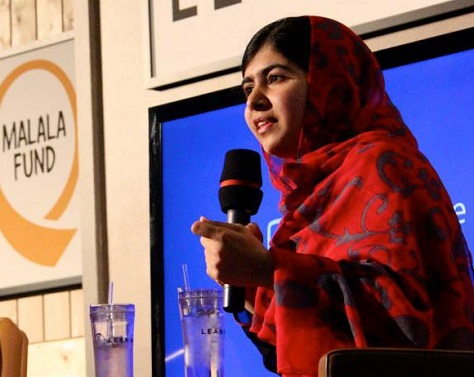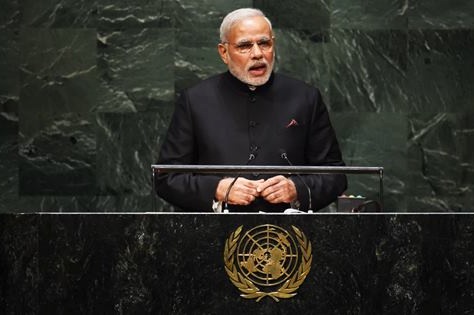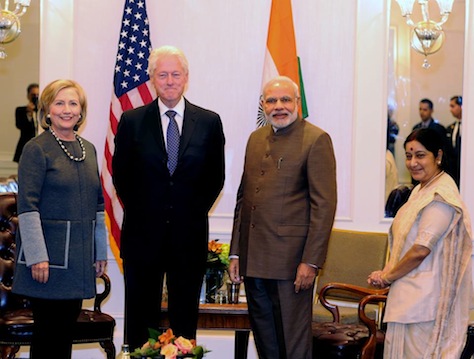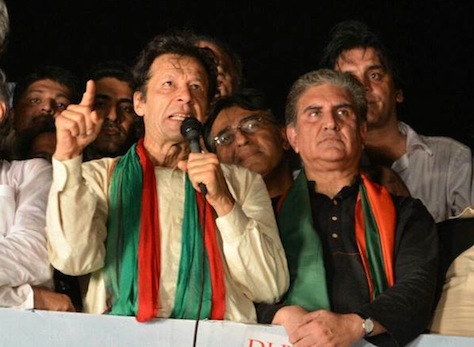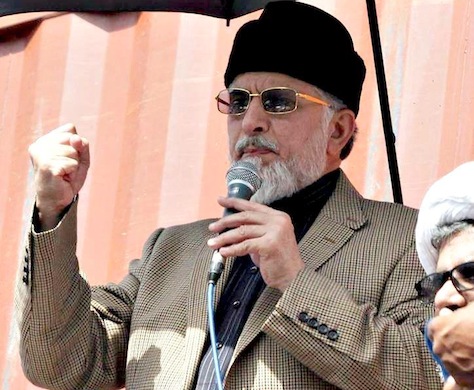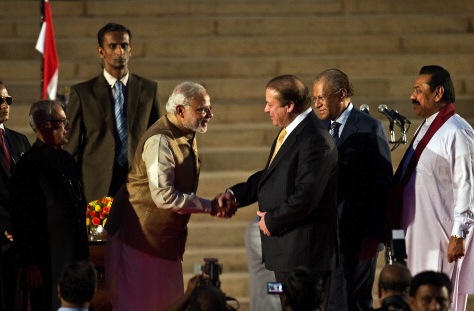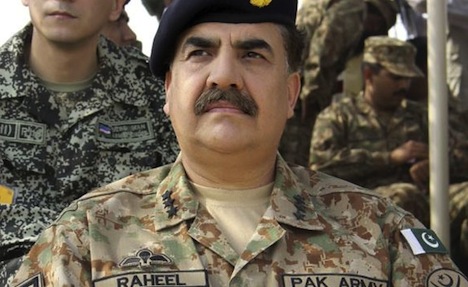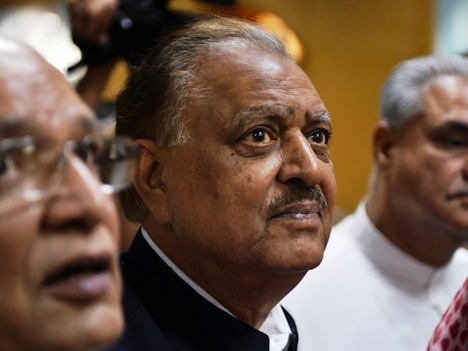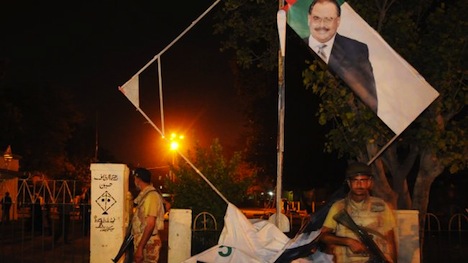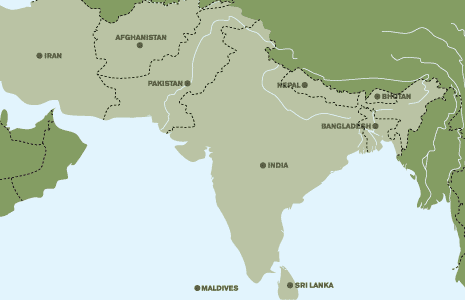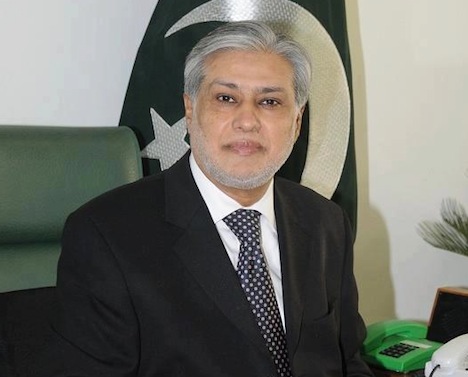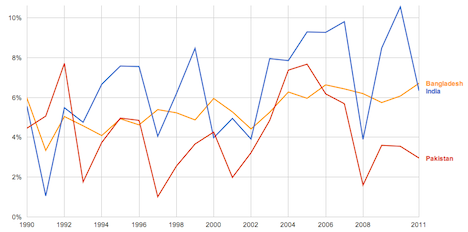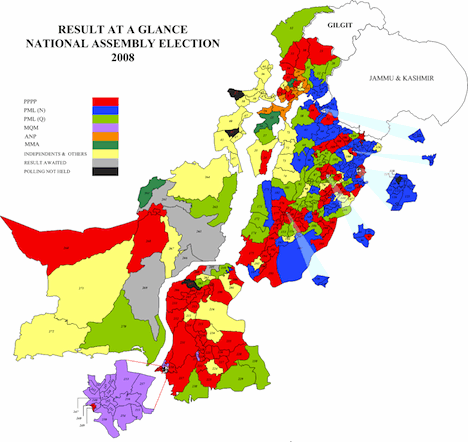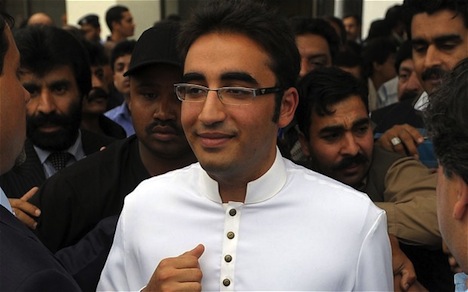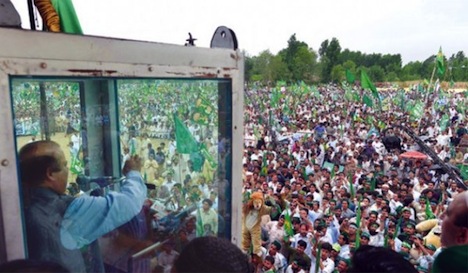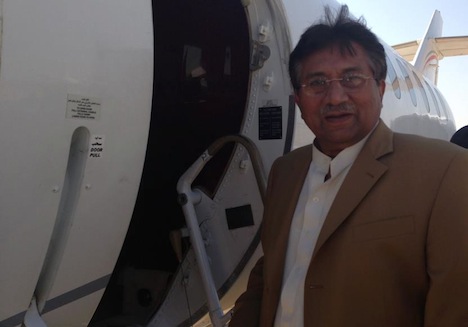It’s an incredibly busy weekend for world elections, with four key elections on three continents coming in the next four days.
Pakistan
First up, on Saturday, May 11, are national elections in Pakistan, where voters will determine the composition of the 342-member National Assembly, of which 272 seats will be determined by direct election in single-member constituencies on a first-past-the-post basis.
With 180 million people and with nearly 60% of them under the age of 30, the elections in Pakistan will by far have the most global impact by implicating South Asia’s economy and not only regional, but global security with U.S. interests keen to mark a stable transition, especially after a particularly violent campaign season marked with attacks by the Pakistani Taliban.
The incumbent government led by the leftist Pakistan People’s Party, the party of the late prime minister Benazir Bhutto and Pakistani president Asif Ali Zardari, is expected to falter. Their expense is likely to come at the gain of the more conservative Pakistan Muslim League (N), led by former prime minister Nawaz Sharif, who is a slight favorite to once again become Pakistan’s prime minister on the strength of support in Punjab, Pakistan’s most populous province. But the upstart nationalist, anti-corruption Pakistan Tehreek-e-Insaf (Movement for Justice) is expected to make a strong challenge under the leadership of Imran Khan, the charismatic former cricket star.
Read all of Suffragio‘s coverage of Pakistan here.
Bulgaria
On Sunday, May 12, it’s Bulgaria’s turn, and voters will decide who controls the unicameral National Assembly .
When the 2008 global financial crisis hit, the center-left Bulgarian Socialist Party was in office under prime minister Sergei Stanishev. Voters promptly ejected Stanishev and the Socialists in the 2009 elections in exchange for a new conservative party, Citizens for European Development of Bulgaria (GERB) under the wildly popular Boyko Borissov. Since 2009, however, Borissov and GERB have become massively unpopular, and rising power costs and general economic malaise have made conditioned markedly worse. The depressed economy and a wiretapping scandal have left the race essentially a tossup between the Socialists and GERB, though a number of small parties, including an far-right nationalist party and an ethnic Turkish party, are expected to win seats.
Of the 240 seats in the National Assembly, 209 will be determined by proportional representation (with a 4% threshold for entering parliament) and 31 will be determined in single-member districts. With just 7.5 million people, Bulgaria is on the periphery of the European Union — if the result is close and no party wins a majority, it will cause some concern in Brussels, but because Bulgaria isn’t a member of the eurozone, that outcome wouldn’t necessarily cause any wider financial problems.
Read Suffragio‘s overview of the Bulgarian election here.
The Philippines
The action moves back to Asia on Monday, May 13, when the Philippines votes in midterm elections to determine one-half of the Senate’s 24 seats and all of the 222 seats in the Philippine House of Representatives.
Although, with 94 million people, the Philippines has a population of just about half that of Pakistan, it’s a strategic country with an increasingly important economic, cultural and military alliance with the United States as U.S. policymakers ‘pivot’ to Asia. It doesn’t hurt that the country’s economic growth rate in 2012 of 6.6% was the fastest in all of Asia, excepting the People’s Republic of China.
All of which means that the current president, Benigno ‘PNoy’ Aquino III, whose father was the opposition leader assassinated in 1983 and whose mother, Corazon Aquino, became Philippine president in 1986 after 21 years of rule by Ferdinand Marcos, is an incredibly popular head of state. His electoral coalition, ‘Team PNoy,’ dominated by his own Liberal Party, is widely expected to make big gains, giving Aquino a little more help facing an unfriendly legislature.
Read all of Suffragio‘s coverage of The Philippines here.
British Columbia
Finally, on the other side of the Pacific Ocean, voters in Canada’s third-most populous province, British Columbia, will vote for all 85 members of its legislative assembly on Tuesday, May 14.

The British Columbia Liberal Party is seeking its fourth consecutive mandate since Gordon Campbell won elections in 2001, 2005 and 2009. After stepping down in 2011, his successor Christy Clark finds herself waging an uphill battle to win over the hearts of an electorate jaded by scandal after scandal. The frontrunner to become the next premier is Adrian Dix, the leader of the British Columbia New Democratic Party, though his opposition to the Northern Gateway pipeline and a feisty campaign by the Liberals have whittled a 20-point lead two months ago to just single digits.
Though British Columbia is home to just 4.4 million people, the result will have important implications for Canada’s energy industry as well as potential implications for the NDP’s national future — a high-profile loss for Dix will only spell further trouble for the national party.
Read Suffragio‘s overview of the British Columbia election here.
![]()
![]()
